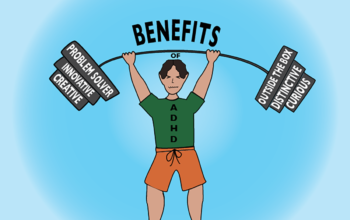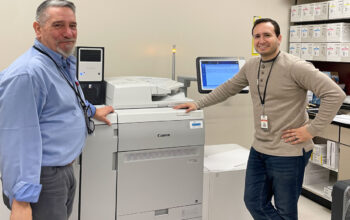Drew Davis, Features Editor
@ddaviscourant
When most students think of school competitions, they think of athletics within the FCIAC or state. However, some competitions such as TEAMS are even more closely related to school itself. Tests of Engineering Aptitude, Mathematics, and Science is a competition that eight NCHS teams composed of physics and chemistry students participate in once a year. Focusing on engineering themes chosen by the National Academy of Engineering’s Grand Challenges, the day competition is composed of a multiple choice, essay, and design section.
Most NCHS participates are introduced to the competition in their physics and chemistry classes. “Students just go through the practice sets which are old competition sets and to get a feel for what they are like and what to expect,” coach and AP physics teacher Paul Reid said.
The teams are organized from the practice set results. “Generally, we will put the people who scored the highest on the practice tests on the A team,” Mr. Reid said.

For the students in chemistry classes only one team is built based on the top scorers. “Our chemistry teacher gave a packet of a previous year’s problems to try out,” sophomore Eliza Farley said. “The eight students who got the most questions correct, without using supplementary materials were put on the team.”
In addition to classwork, participators meet the week before to run through a competition simulation. “The Friday before is practice, but it is in more of a competition like atmosphere,” Mr. Reid said. “Up until then the practice sessions are individual. On that day we put them into teams and they work on the problems together.”
However, the teams were unable to prepare for this year’s new component. “The practice day we did a run through of what would happen in a competition minus the design portion because it was new this year and we didn’t know what was going to happen,” junior Dana Lurie said.
To further prepare, students are given packets on the eight topics they will be asked about during the competition so that they can research for background information. “They give you all of the equations and knowledge that you need within the packet,” said Dana. “However, it is easier if you go in with some conceptual understanding.”
According to Dana, with all of the work before hand, the actual competition was predictable, but the design portion added an interesting component. “For the design portion we had 45 minutes and they gave us a ton of paper and said to make the tallest structure that we possibly can and you can’t rip it, cut it, tape it, or attach it in any way,” Dana said.
According to Mr. Reid, the competition helped his students see other students with the same interests in surrounding schools like Glastonbury and Taft. “They get to see that there are kids all over the state just like them that are into their math and science,” Mr. Reid said.
With the majority of the participators being juniors and seniors, the age component played a role in the work of

the underclassmen. “As sophomores, it was slightly intimidating, and our age definitely affected our performance,” Eliza said. “We hadn’t learned the math or physics that a lot of the questions were based on, so it made the packets very daunting.”
Despite age differences, Mr. Reid believes that TEAMS is a great way to apply what is taught in school to real world scenarios. “They get exposure to using what they have learned in a somewhat sterile classroom atmosphere to some real world problems that engineers are dealing with everyday,” Mr. Reid said. “Usually the competition problems are current things engineers are dealing with and the students can see that they can take the things they have learned and, with a little bit of additional information, expand it into something that seems a lot more complicated but is really only a little more complicated.”
In addition, Mr. Reid enjoys the competitive spin it plays on typical school work. “Everyone likes a little competition once in a while, as long as it’s kept in the right spirit and I think we definitely do keep it in the right spirit.”



